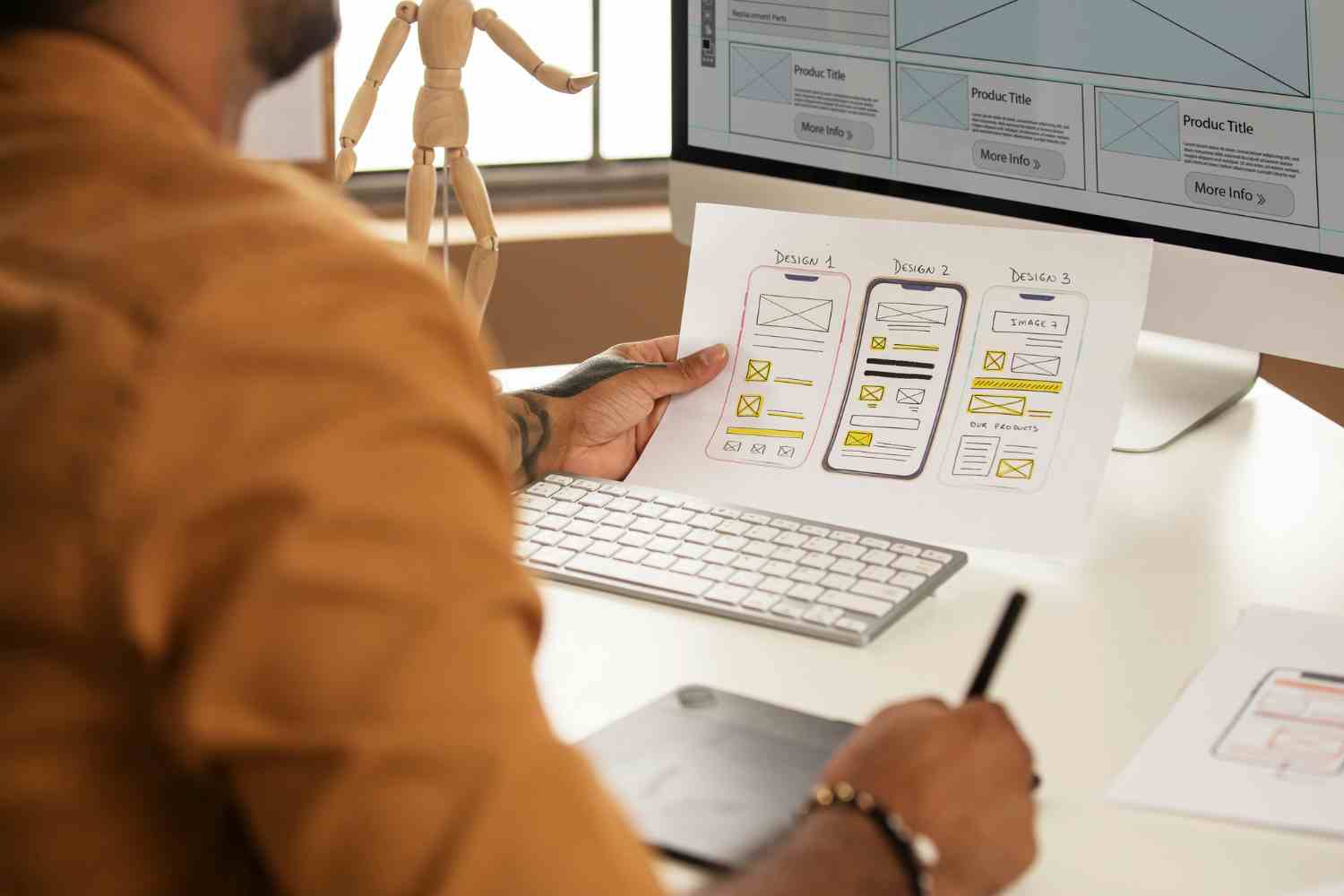Building modern and responsive web applications is an exciting journey for beginners. One of the key elements in this process is choosing the right frontend framework. This guide aims to help newcomers navigate the world of frontend development frameworks and understand the basics.
What is a Frontend Framework?
Definition
A frontend framework is a pre-designed, reusable set of code that developers use to build the user interface of a website or web application. It provides a structured foundation, making it easier to create visually appealing and functional interfaces.
Why Use a Frontend Framework?
- Efficiency: Frameworks streamline development, reducing the amount of repetitive code.
- Consistency: They offer a consistent structure for maintaining a uniform look and feel across the application.
- Responsive Design: Many frameworks come with built-in features for creating responsive designs that work seamlessly on various devices.
Popular Frontend Frameworks for Beginners
1. Bootstrap
Overview
Bootstrap is a widely used, open-source CSS framework that simplifies the process of designing responsive and visually appealing websites. It includes a grid system, pre-built components, and a vast ecosystem of themes and plugins.
Getting Started
- Installation: Include Bootstrap via CDN or download the files.
- Documentation: Explore the documentation to understand its grid system, components, and customization options.
2. React
Overview
React, developed by Facebook, is a JavaScript library for building user interfaces. It allows developers to create reusable UI components, making it efficient for building single-page applications (SPAs).
Getting Started
- Installation: Use Create React App or include React via CDN.
- Components: Understand the concept of components and JSX syntax.
- State and Props: Learn how to manage component state and pass data through props.
3. Vue.js
Overview
Vue.js is a progressive JavaScript framework for building user interfaces. It is known for its simplicity and ease of integration into existing projects. Vue.js provides a flexible and approachable solution for frontend development.
Getting Started
- Installation: Include Vue.js via CDN or use Vue CLI for a more robust setup.
- Directives: Explore Vue.js directives for dynamic behavior in templates.
- Vue Components: Understand the basics of Vue components and their lifecycle.
Conclusion
Embarking on your journey into frontend development is an exciting step. Choosing the right framework depends on your project requirements, preferences, and the learning curve you're comfortable with. Take your time exploring these frameworks, building small projects, and gradually expanding your skills. Happy coding!





